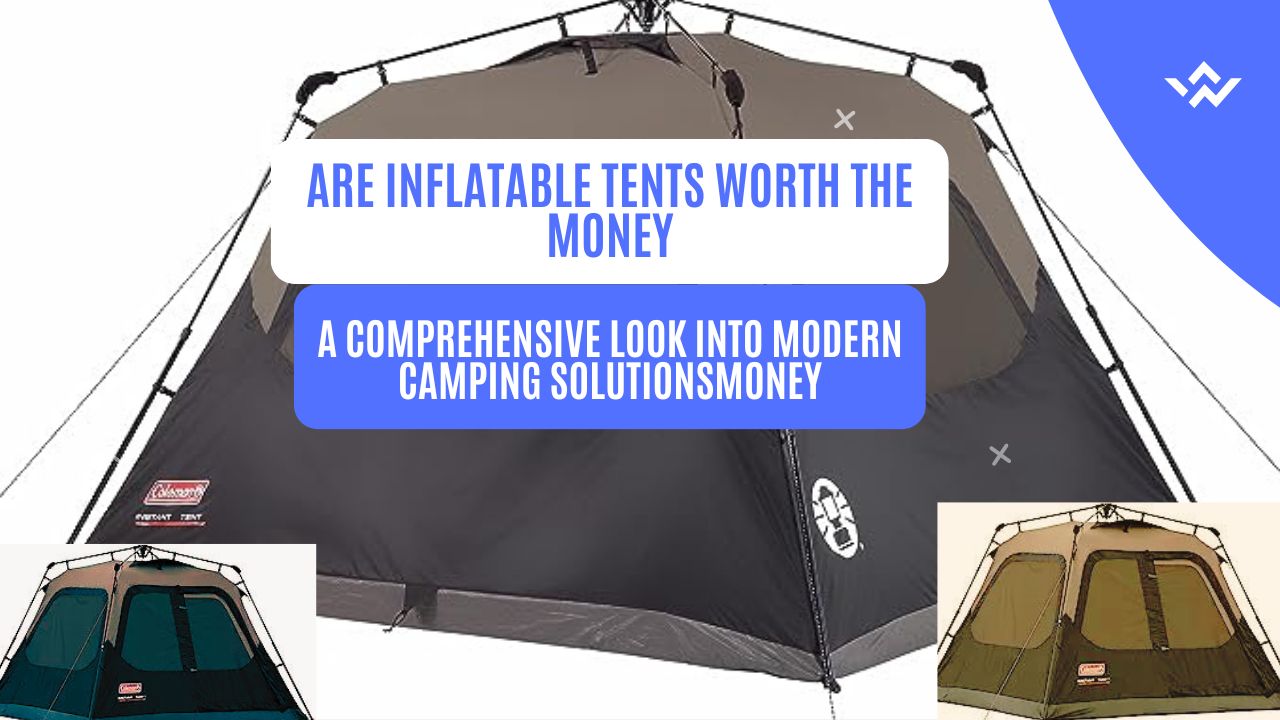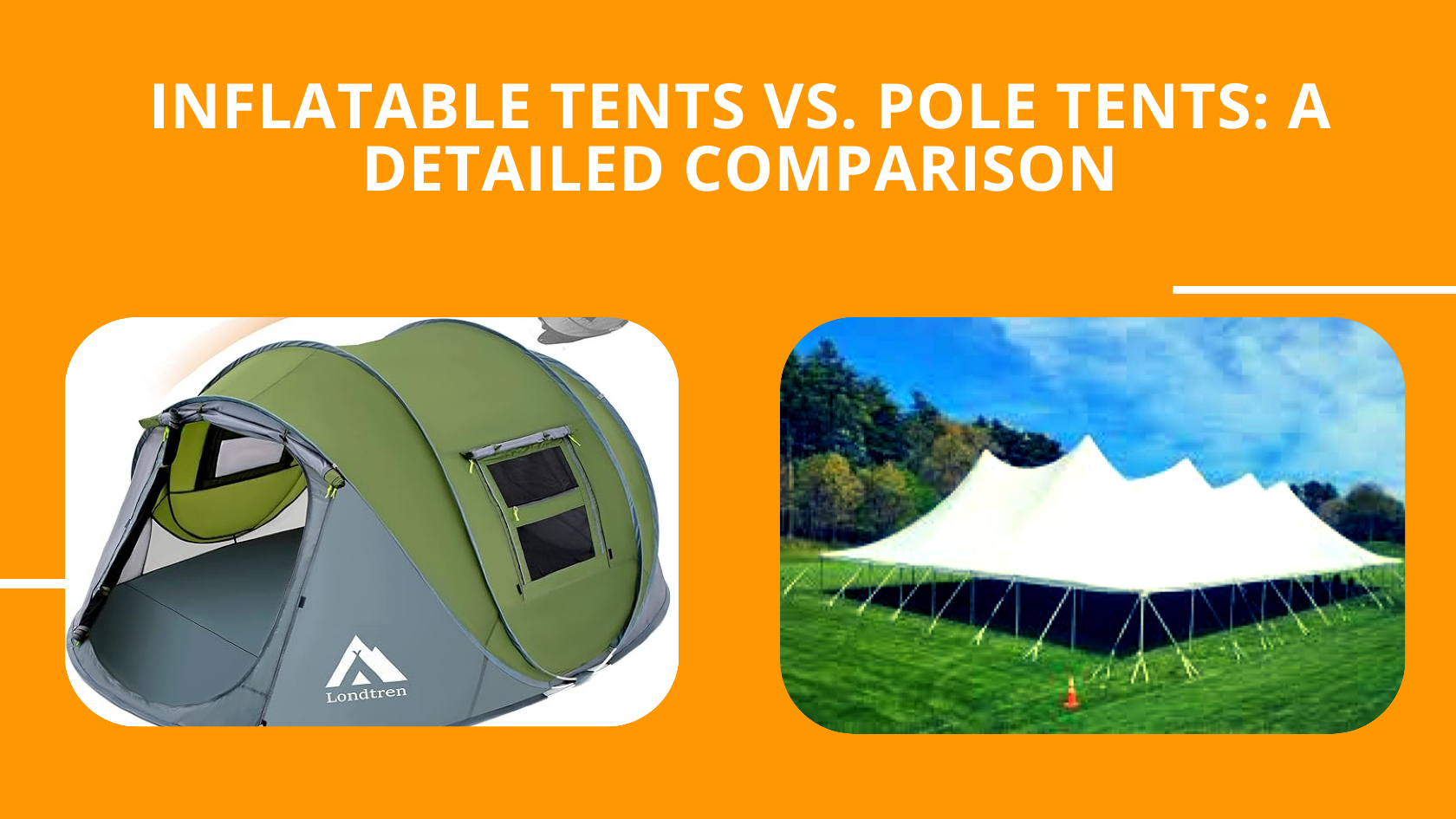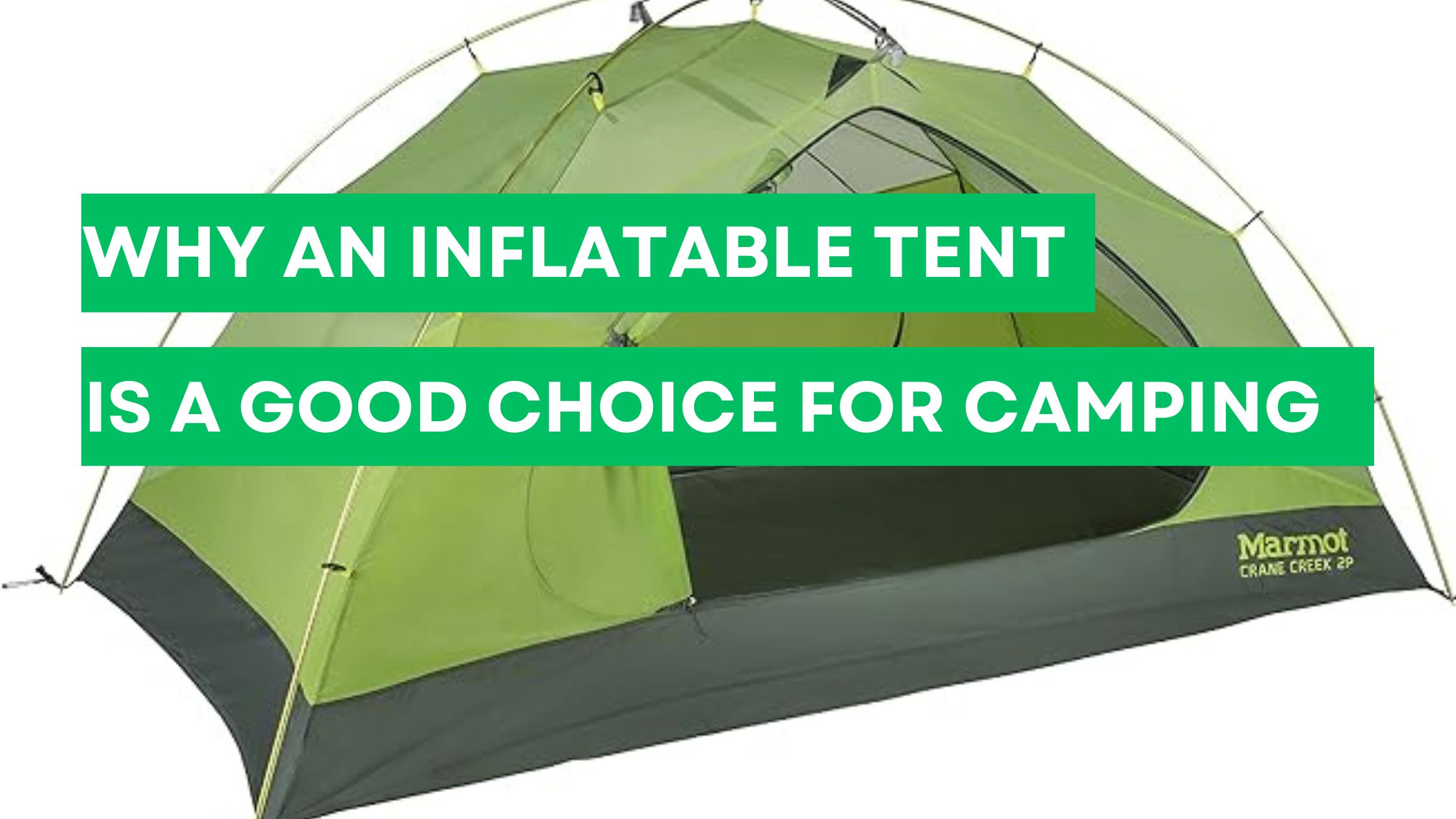In the evolving landscape of outdoor adventures, the question that Are Inflatable Tents Worth The Money? As enthusiasts seek more efficient, comfortable, and durable solutions for their escapades, inflatable tents have emerged as a topic of interest. This article delves into the merits and considerations of inflatable tents, aiming to provide a well-rounded perspective on their practicality for camping enthusiasts.
Table of Contents
ToggleWhat to consider when we want to find answer to question Are Inflatable Tents Worth The Money?
When you’re thinking about whether inflatable tents are a good buy, here are some easy things to think about:
- How Strong and Good Quality is it? Check if the tent is made well with strong materials. Good quality tents last longer and are better value for money.
- Is it Easy to Set Up? See if it’s simple to blow up and take down the tent. If it’s easy, it saves you time and effort, making it worth the money.
- Can You Carry it Around Easily? Look for a tent that’s light and easy to carry. If it comes with a bag for storage, it’s easier to keep it safe when you’re not using it.
- Can You Use it for Different Things? Check if the tent works well for different activities and weather conditions. A tent that’s versatile can be used for camping, parties, or just hanging out in the backyard.
- Is it Comfortable and Spacious? Make sure the tent has enough room inside and is comfy to be in. Look for features like windows and good airflow to keep it nice inside.
- Does it Keep You Safe in Bad Weather? Check if the tent can handle rain, wind, and sun. A tent that’s strong and waterproof will keep you safe and dry during storms.
- Is it Worth the Money? Think about whether the tent’s benefits are worth the price. Even if it costs more upfront, if it lasts longer and makes camping easier, it could be a good investment.
So, when deciding if an inflatable tent is worth buying, think about these simple things to help you make the right choice.
The Advantages of Inflatable Tents:
Ease of Installation
The most lauded benefit of inflatable tents is their straightforward setup process. Gone are the days of wrestling with poles and deciphering complex instructions. With an inflatable tent, the setup can be as simple as rolling out the tent, attaching the pump, and inflating it until it stands firm. This hassle-free process not only saves time but also reduces the stress often associated with tent setup, making it particularly appealing to those new to camping or seeking a quick start to their outdoor relaxation.
Durability and Weather Resistance
Inflatable tents are crafted from tough materials designed to withstand a variety of weather conditions. The air beams provide a level of flexibility that traditional poles lack, allowing the tent to bend slightly under pressure from wind or heavy rain, which can help prevent damage. Many models come equipped with waterproof coatings and sealed seams, offering additional protection against rain and ensuring that campers stay dry and comfortable regardless of the weather.
Comfort and Space
The absence of rigid poles in inflatable tents often results in more spacious and comfortable interiors. This design allows for greater headroom and open living spaces, making these tents feel more like a home away from home. The air beams also contribute to better insulation, which can help regulate the tent’s internal temperature, enhancing comfort in both warm and cold conditions.
Portability and Weight
Despite their robust construction, inflatable tents are surprisingly portable. The lack of heavy poles reduces the overall weight, and when deflated, these tents can be compactly packed, making them easy to transport and store. This makes inflatable tents an excellent choice for campers who prioritize ease of transportation, whether they’re trekking to a remote campsite or simply setting up in a designated campground.
Considerations Before Purchasing
While inflatable tents offer numerous advantages, there are a few considerations to keep in mind:
Price
Inflatable tents can be more expensive than traditional tents, reflecting their advanced design and materials. It’s important to weigh the cost against the benefits to determine if an inflatable tent meets your camping needs and budget.
Pump Dependency
These tents require a pump for inflation, so it’s crucial to remember to bring it along and possibly have a backup plan, such as a manual pump, in case of failure.
Reparability
While durable, inflatable tents can be susceptible to punctures. Opting for a tent that comes with a repair kit and learning how to patch it up can mitigate this issue.
Conclusion
Inflatable tents represent a significant advancement in camping gear, offering unparalleled ease of setup, comfort, and durability. They are an excellent option for those who value convenience and are willing to invest in a high-quality camping solution. Whether you’re a seasoned camper or a novice eager to explore the great outdoors, Are Inflatable Tents Any Good can enhance your camping experience, making it more enjoyable and stress-free. As with any camping gear, evaluating your specific needs and preferences will ensure you make the most informed decision. In the realm of modern camping, inflatable tents are indeed a good choice, combining the essence of outdoor adventure with the comfort and efficiency today’s campers desire.
FAQs
How Do I Set Up My Inflatable Tent?
Setting up an inflatable tent is straightforward and can be done quickly with minimal effort. Here’s a step-by-step guide to ensure a smooth setup:
Step 1: Choose Your Site:
- Find a flat, clear area free of sharp objects and debris.
- Lay a groundsheet if you have one to protect the bottom of your tent.
Step 2: Unpack and Unroll Your Tent:
- Remove the tent from its bag and spread it out on the ground.
- Orient the tent so the door faces the direction you desire.
Step 3: Connect the Pump:
- Locate the tent’s inflation points, which are typically marked.
- Attach the pump hose to one of the inflation points.
Step 4: Inflate the Tent:
- Pump air into the tent until the beams are firm and fully inflated. Most tents have an indicator showing when they are at the correct pressure.
- Ensure all valves are securely closed after inflation.
Step 5: Secure the Tent:
- Peg down the tent’s corners to secure its position.
- Attach any guy lines provided and peg them out, adjusting for tension to ensure the tent is stable and secure.
Step 6: Final Touches:
- Double-check all pegs and guy lines are securely in place.
- Organize your interior space as desired, and you’re ready to enjoy your camping trip!
How Do I Pack Away My Inflatable Tent?
Packing away your inflatable tent properly can extend its life and make your next setup easier. Follow these steps to efficiently pack away your tent:
Step 1: Clean and Dry the Tent:
- If possible, clean off any mud or debris from the tent’s exterior.
- Ensure the tent is as dry as possible before packing away to prevent mold and mildew. If you must pack it wet, remember to dry it out as soon as you can afterward.
Step 2: Open the Valves:
- Locate and open the inflation valves to start deflating the tent.
- Gently press on the air beams to help push the air out.
Step 3: Fold the Tent:
- Once deflated, fold the sides of the tent toward the center, keeping the width to a size that will fit in its bag.
- Starting from the end opposite the valves, roll the tent towards the valves to push any remaining air out.
Step 4: Pack the Tent:
- Once fully rolled up, secure the tent with any straps provided.
- Place the tent back into its carrying bag, along with the pump and any other accessories.
Step 5: Store the Tent:
- Store the tent in a cool, dry place until your next adventure.







